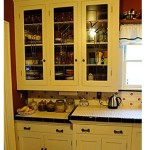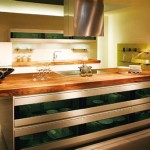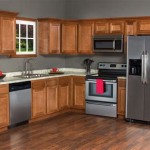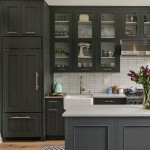How to Organize Kitchen Drawers and Cupboards: A Comprehensive Guide
A well-organized kitchen not only saves time and effort but also promotes a sense of calm and efficiency. When everything has a dedicated place, you can effortlessly find what you need, making meal preparation and cleanup a breeze. However, organizing kitchen drawers and cupboards can be a daunting task, especially in small or cluttered spaces. This comprehensive guide will provide you with practical tips and strategies to transform your kitchen into a haven of organization.
1. Declutter and Sort
The first step to organizing is decluttering. Remove everything from your drawers and cupboards and discard or donate any items you no longer use or need. Sort the remaining items into categories, such as utensils, cookware, baking supplies, and pantry staples.
2. Categorize and Group
Once you have sorted your items, categorize them further. For instance, within the utensil category, you can group similar items together, such as spatulas, whisks, and measuring cups. Grouping items makes it easier to find what you need quickly.
3. Utilize Drawer Organizers
Drawer organizers are a lifesaver for keeping drawers neat and tidy. Consider using adjustable dividers to create compartments for different utensil sizes or categories. Drawer trays are another great option for storing bulky items like pots and pans vertically, maximizing space utilization.
4. Use Shelf Dividers and Risers
Shelf dividers and risers are invaluable for creating additional storage space and organizing cupboards. Shelf dividers can be used to separate different categories of food items or to create compartments for tall items like bottles or jars. Risers elevate items, providing easier access to items stored at the back of the cupboard.
5. Maximize Vertical Space
Utilize vertical space to store items like spices, oils, and vinegars by using stackable shelves, tiered organizers, or magnetic knife strips. These solutions keep items easily accessible while freeing up valuable countertop and drawer space.
6. Employ Clear Containers
Clear containers are ideal for storing dry goods, spices, and other pantry items. They allow you to see what's inside without having to open multiple containers. Clear containers also make it easy to identify items and monitor inventory.
7. Label and Track Inventory
Labeling shelves, drawers, and containers helps to maintain organization and ensures that items are put back in the correct place. Tracking inventory can help you identify items that are running low and prevent overstocking or waste.
8. Be Consistent
Consistency is key to maintaining an organized kitchen. Make it a habit to put items back in their designated places immediately after use. Regular cleaning and decluttering will prevent items from accumulating and keep your kitchen organized in the long run.

How To Organize Kitchen Drawers And Cabinets Shannon Gold Design
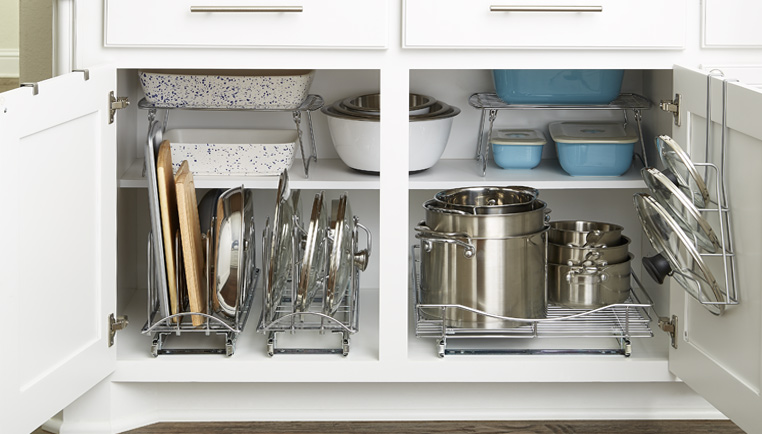
How To Organize Your Kitchen Cabinets Step By Project The Container

How To Organize Your Kitchen Cabinets In 3 Simple Steps Practical Perfection

Insiders Tip How To Organize The Kitchen Cabinets Smart Way Edgewood Cabinetry

How To Organize Kitchen Drawers Hallstrom Home

How To Organize Your Kitchen Cabinets Step By Project The Container

How To Organize Kitchen Cabinets And Drawers For Good

How To Organize Kitchen Cabinets

How To Organize Your Kitchen Cabinets And Drawers She Gave It A Go

Organized Kitchen Cabinets And Drawers Part 1 Christene Holder Home
Related Posts


